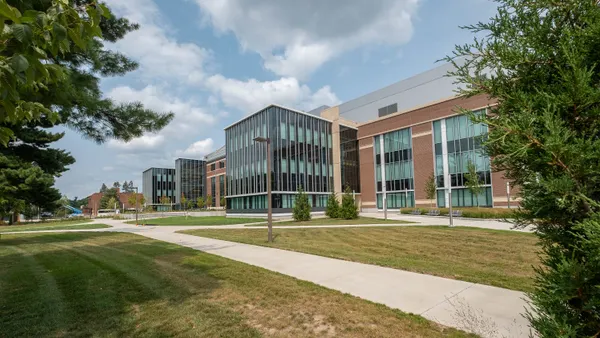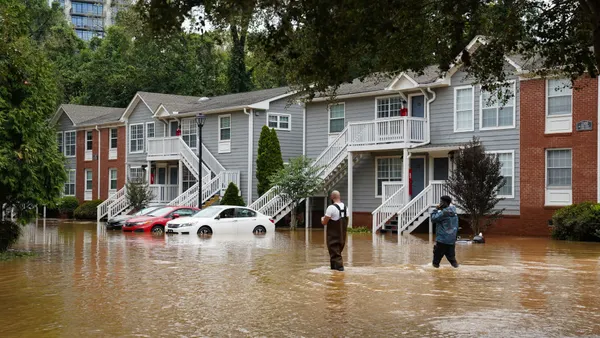Dive Brief:
-
Expensive, energy-saving home features like new windows and high-efficiency heating and cooling systems trim a household’s energy bills but do not pay for themselves in the long run, according to a University of Chicago study.
-
The study of 30,000 low-income Michigan households participating in a U.S. Department of Energy weatherization program found that the potential savings of adding insulation and weather-stripping and otherwise retrofitting a home with high-efficiency products is routinely overestimated. While those products did save families up to 20% on their monthly energy bills, it wasn’t nearly enough to repay the initial cost of the new products over their lifetime, the study by the university’s Energy Policy Institute revealed.
-
The homes in the study had been retrofitted with $5,100 worth of energy upgrades. Over the lifetime of the upgrades, the households had saved an average of $2,400 — less than half the price of the improvements. Researchers concluded that despite the lower energy bills, the long-term savings did not justify the initial cost.
Dive Insight:
The finding was beyond surprising. Homebuilders, architects, real estate agents and product manufacturers for years have touted the benefits of energy-efficient systems and appliances in homes and other buildings. Federal and state governments have subsidized their purchase and installation with tax breaks, rebates and grants.
A second, ongoing study of middle-income households in Wisconsin reportedly is confirming the Michigan findings, which could debunk the long-held belief that energy-efficient home improvements are among the most cost-effective ways to save energy and reduce air pollution.
The information could derail builders’ efforts to sell the concept of "green" homes to buyers, who most often factor cost above the environment when weighing their decision to incorporate energy-saving products into a new home or remodeling project.
Still, energy-efficiency experts were quick to point out that some savings is better than none, both for the homeowner or tenant and the environment.












